Figures
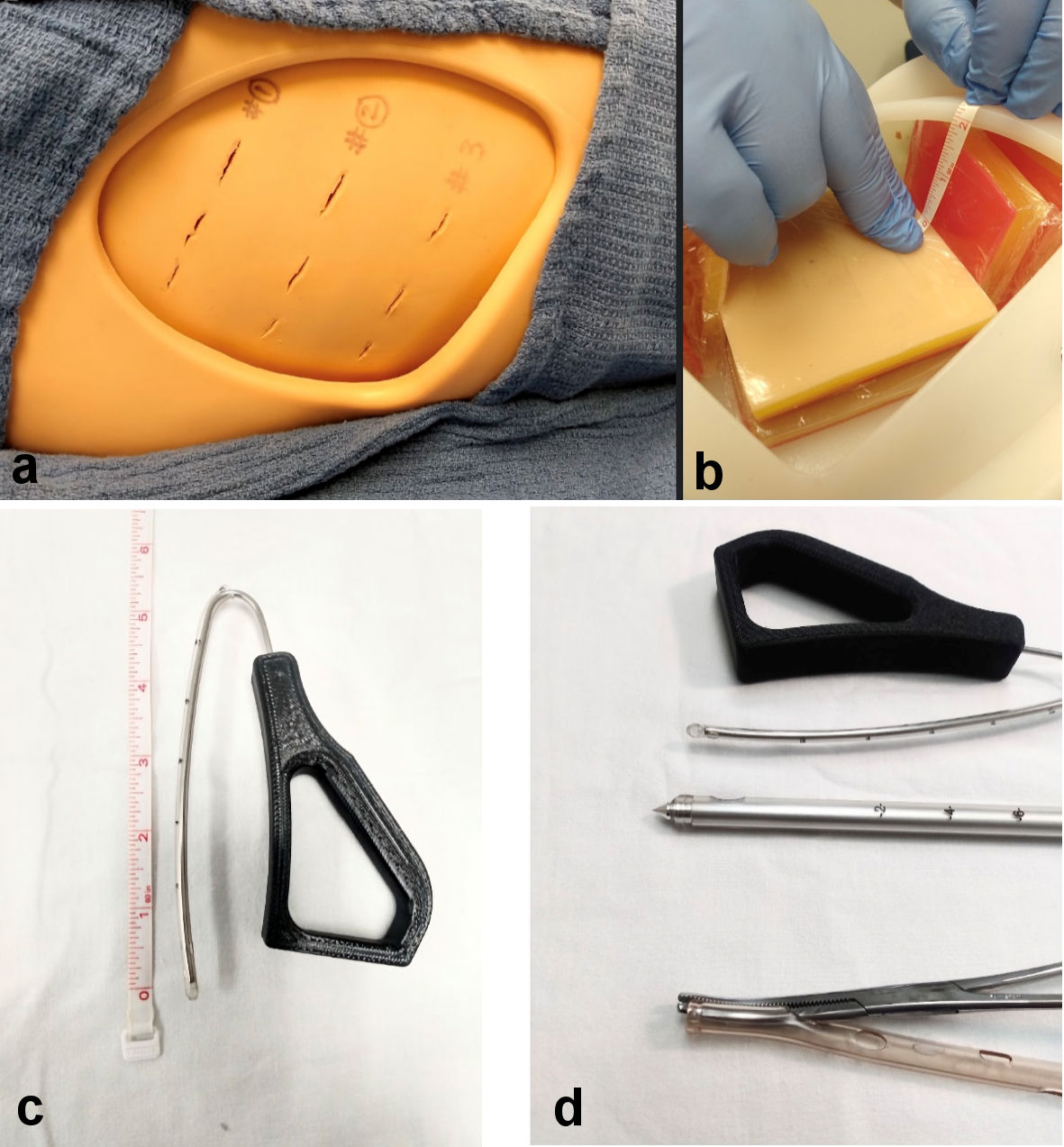
Figure 1. (a) Manikin setup for placement of chest tube devices. (b) Lung surface with visceral pleural surface cover placed 2 cm from the rib cage. (c) Insertable length of JD Hook® device housed within a 12 FR chest tube with blunt tip. (d) Close-up view of device tips used in the study.
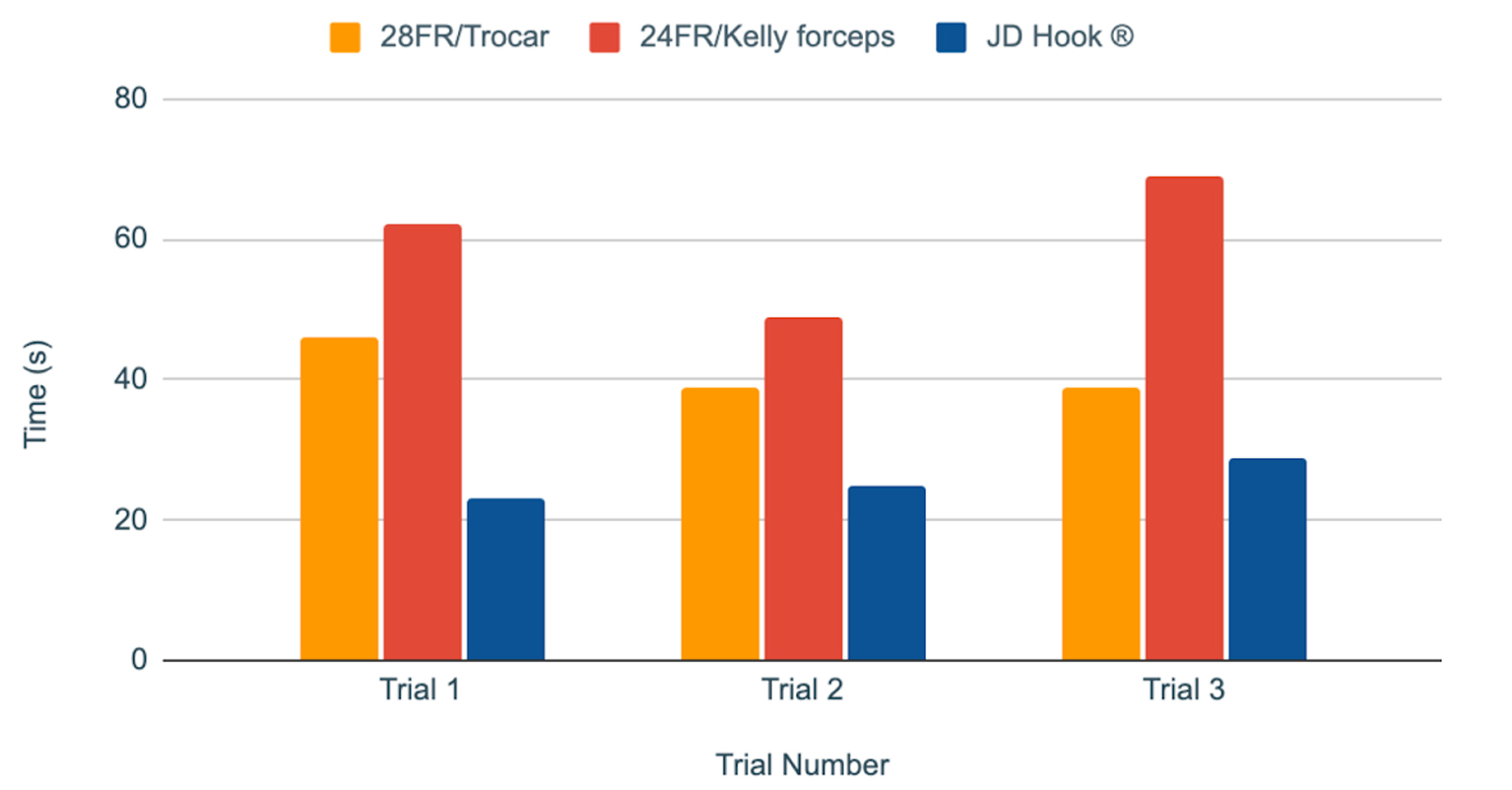
Figure 2. Chest tube insertion procedure times (in seconds) for each device over three consecutive trials.
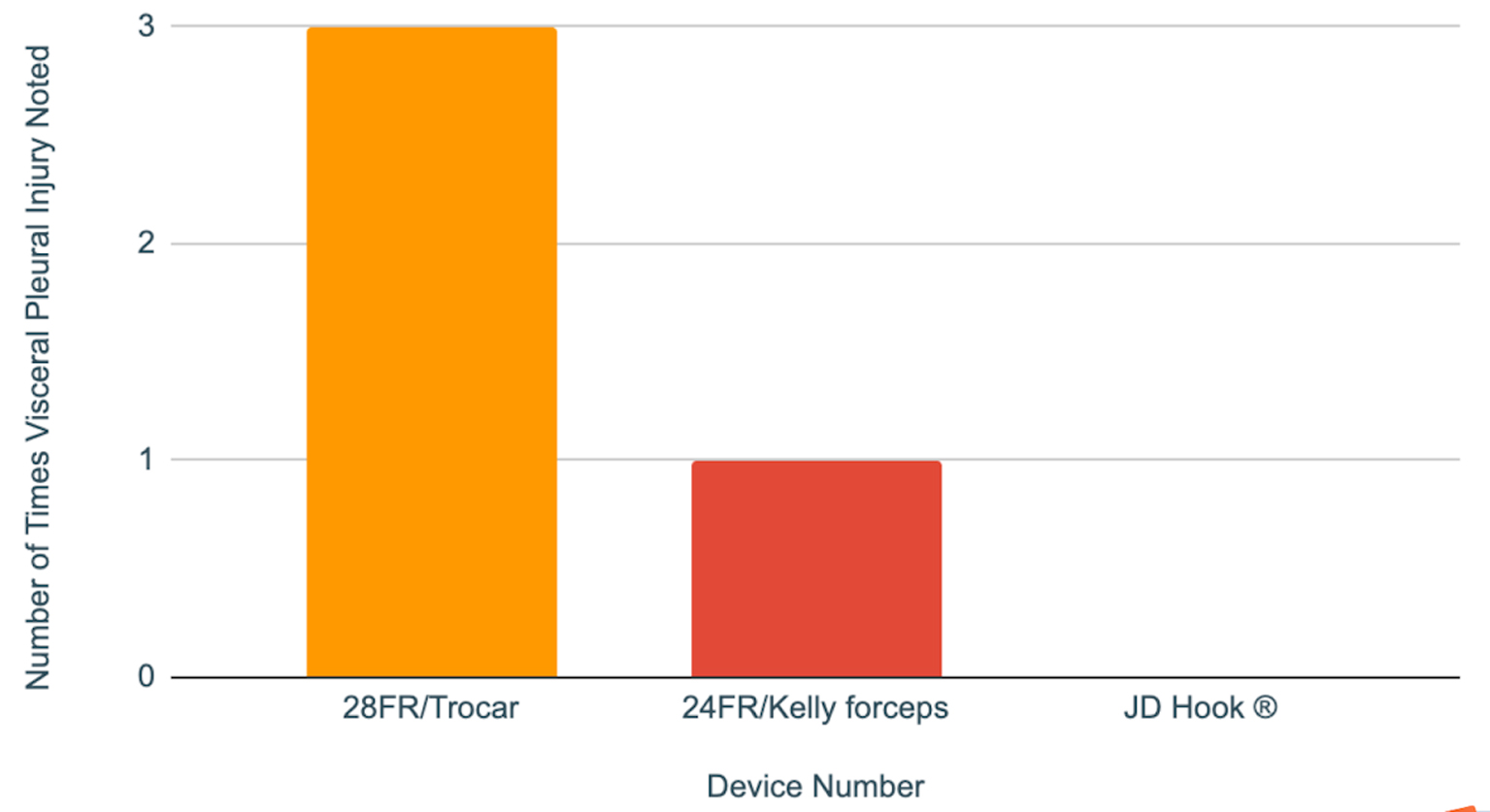
Figure 3. Lung injury score shows number of times that the pleural surface contact was noted during chest tube insertion (out of three consecutive trials for each device).
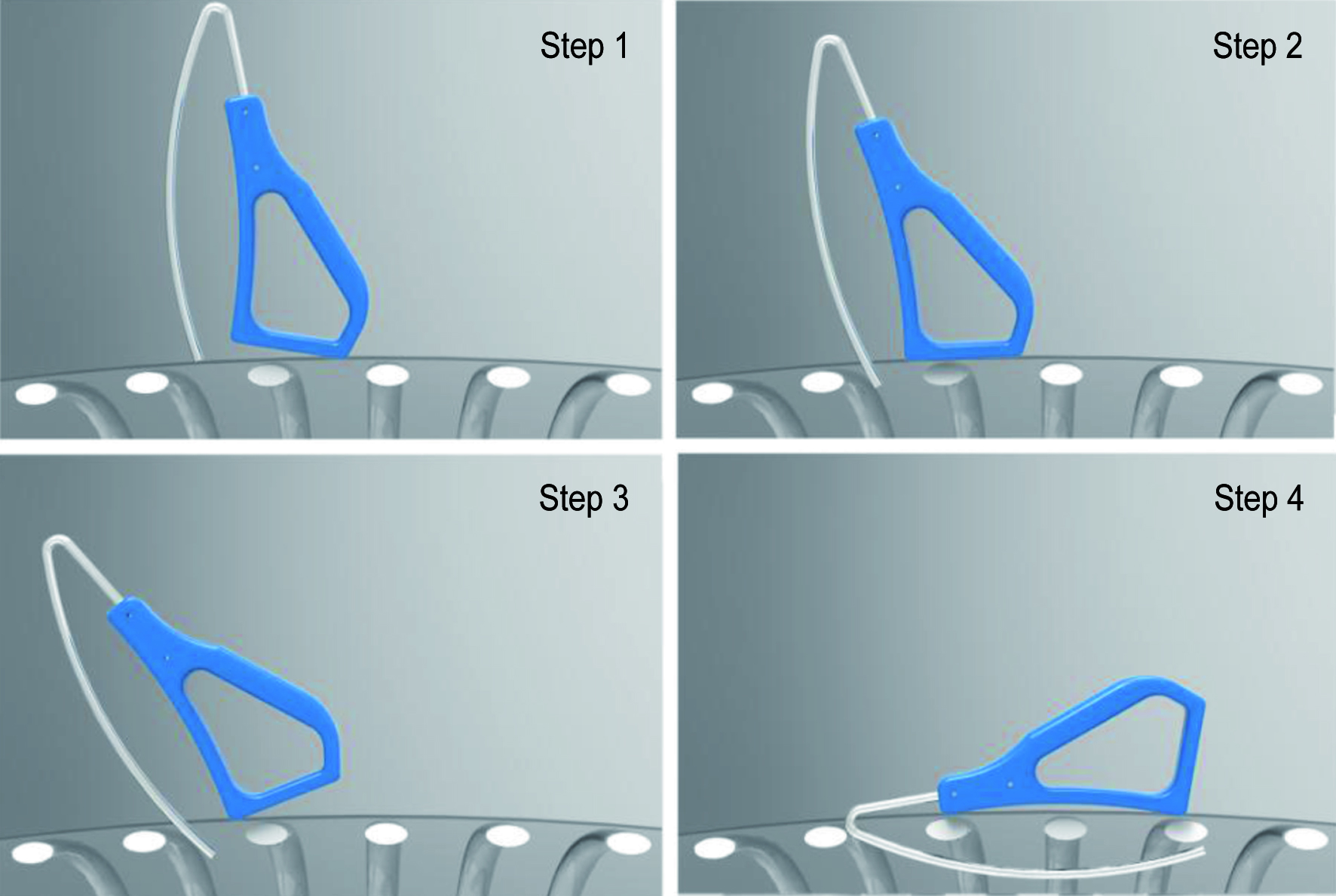
Figure 4. Schematic drawing showing simplified insertion steps for the JD Hook (R) chest tube insertion device. Tip angulation and base specifics minimize risk of lung injury during the insertion process.
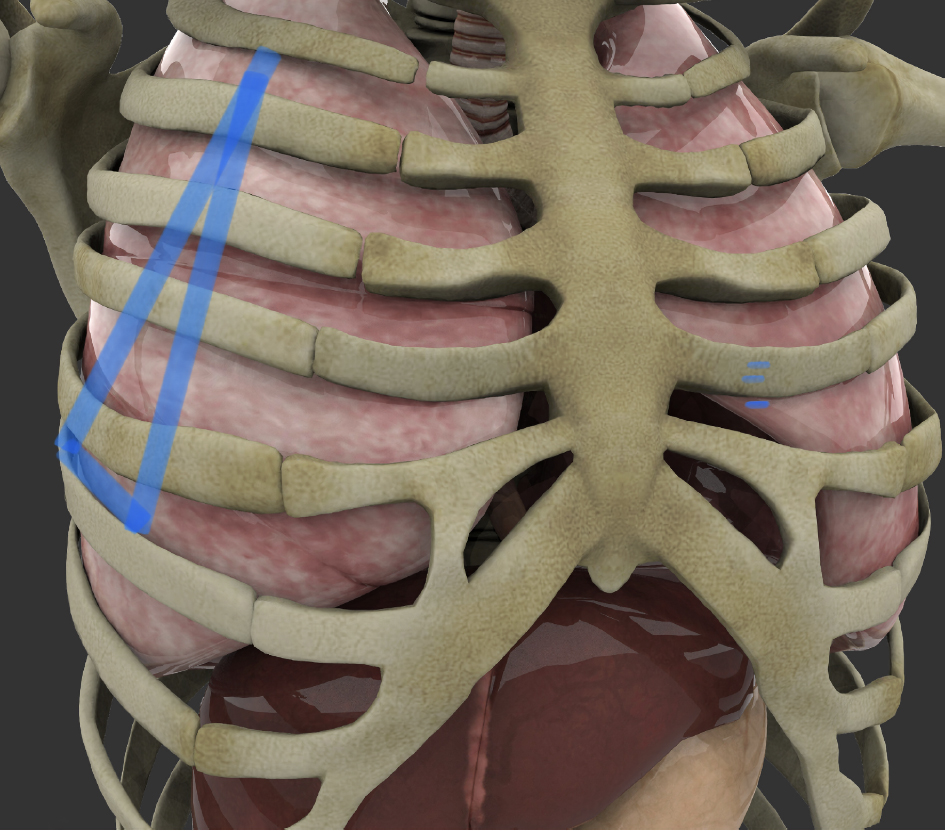
Figure 5. Outline of JD Hook® placement safety zone on right ribcage between the second and sixth intercostal space (original artwork depicting the JD safety zone, by J. Durrani, overlaid on Shutterstock Image ID: 1321108376, used with permission and standard use license).
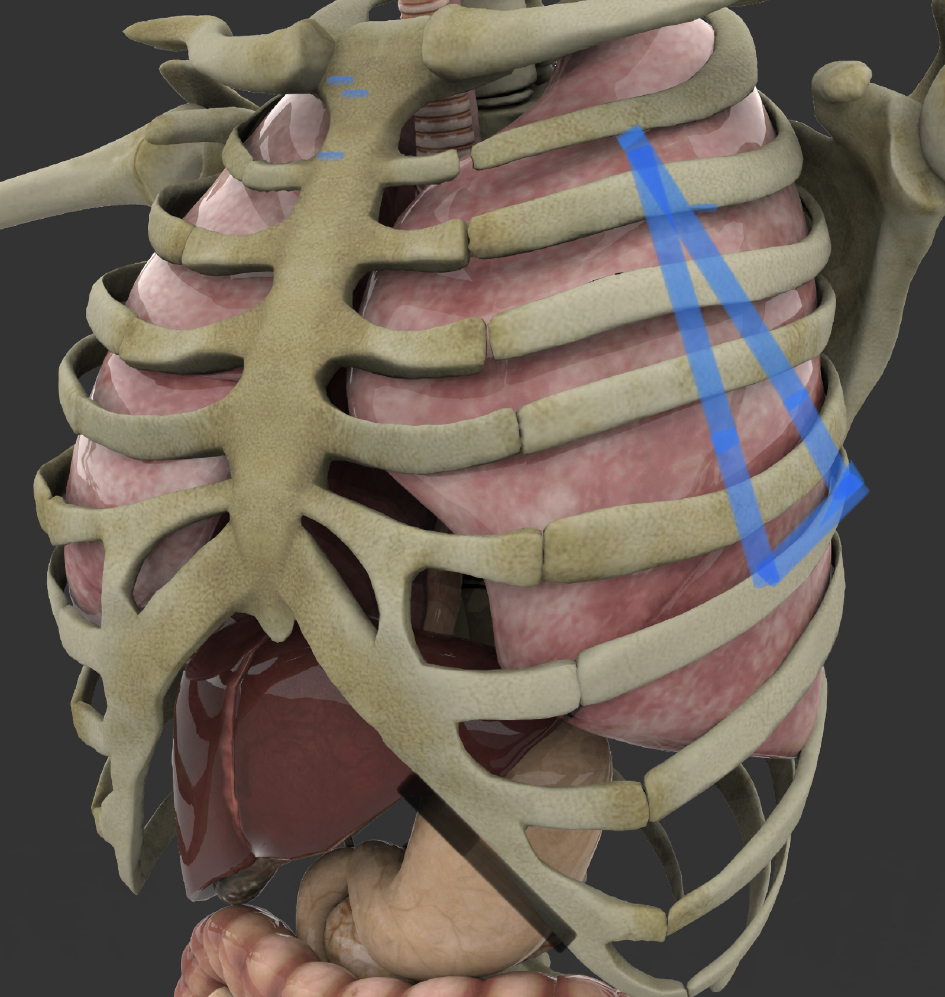
Figure 6. Outline of JD Hook® placement safety zone on left side. Base of the safety triangle rests at the sixth intercostal space between the midaxillary and anterior axillary line (original artwork depicting the JD safety Zone, by J Durrani, overlaid on Shutterstock Image ID: 1321108361, used with permission and standard use license).
Tables
Table 1. Chest Tube Insertion Times (in Seconds) for Each Device Over Three Consecutive Trials
| 28FR/trocar | 24FR/Kelly forceps | JD Hook® |
|---|
| Bottom row represents lung injury risk score, showing number of times that the pleural surface contact was noted for each device out of three consecutive trials. |
| Trial 1 | 46 s | 62 s | 23 s |
| Trial 2 | 39 s | 49 s | 25 s |
| Trial 3 | 39 s | 69 s | 29 s |
| Lung injury risk | 3/3 (100%) | 1/3 (33%) | 0/3 (0%) |
Table 2. One-Way Repeated Measures ANOVA Test
| 28 FR/trocar | 24 FR/Kelly forceps | JD Hook® device |
|---|
| One-way repeated measures ANOVA test showed P value of 0.000062. Trial 2 and trial 3 data were duplicated for statistical purposes. ANOVA: analysis of variance. |
| Mean procedure time | 40.4 s | 59.6 s | 26.2 s |
| Standard deviation | 3.13 | 10.08 | 2.68 |
| P value | 0.000062 | | |





